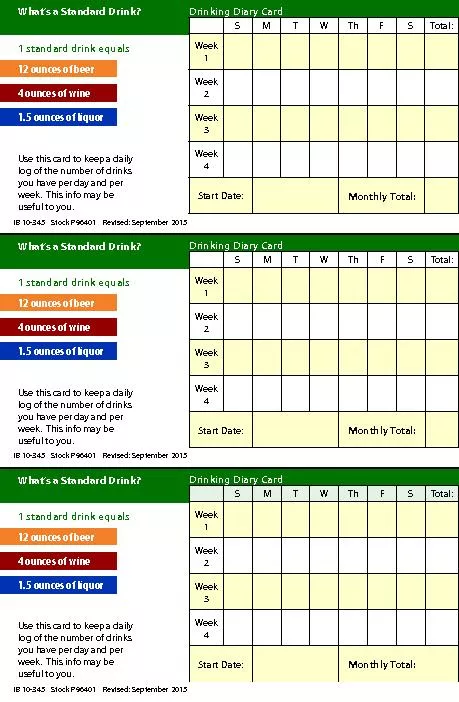PPT-This Week
Author : pasty-toler | Published Date : 2016-11-04
Lecture on relational semantics Exercises on logic and relations Labs on using Isabelle to do proofs Synthesis Analysis and Verification Lecture 02a Lectures
Presentation Embed Code
Download Presentation
Download Presentation The PPT/PDF document "This Week" is the property of its rightful owner. Permission is granted to download and print the materials on this website for personal, non-commercial use only, and to display it on your personal computer provided you do not modify the materials and that you retain all copyright notices contained in the materials. By downloading content from our website, you accept the terms of this agreement.
This Week: Transcript
Download Rules Of Document
"This Week"The content belongs to its owner. You may download and print it for personal use, without modification, and keep all copyright notices. By downloading, you agree to these terms.
Related Documents













![[DOWNLOAD] - Week-by-Week Homework for Building Reading Comprehension & Fluency: Grade](https://thumbs.docslides.com/901008/download-week-by-week-homework-for-building-reading-comprehension-fluency-grade-1-week-by-week-homework-for-building-reading-co.jpg)
